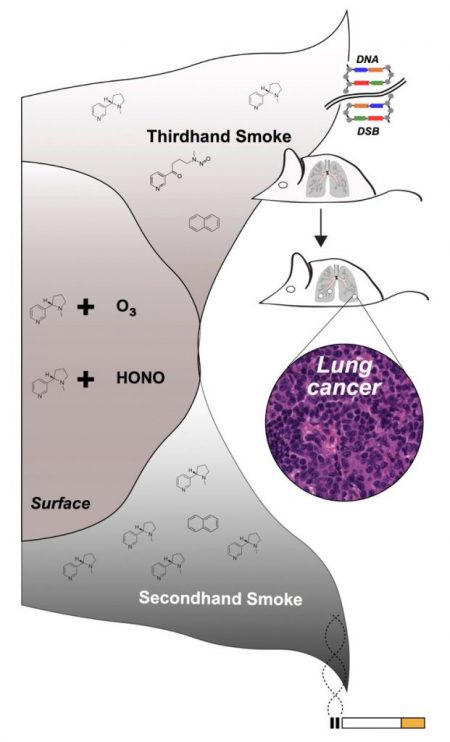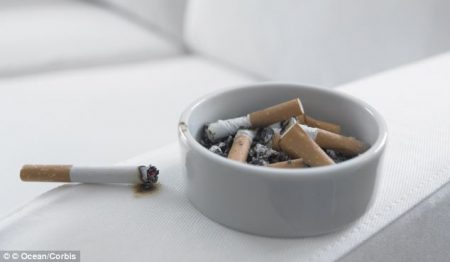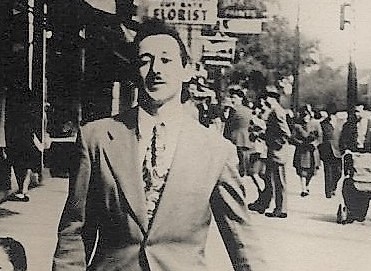March 11, 2018 – We know that there is a direct link between smoking cigarettes and lung cancer. We also know that second-hand smoke can cause cancer. But what the heck is third-hand smoke (THS)? And why should we be concerned about its potential cancer risk?
Researchers at the Lawrence Berkeley National Laboratory in California describe THS as the “toxic residues that linger on indoor surfaces and in dust long after a cigarette has been extinguished.”
Exposure to THS was previously not well understood. But the work at the Berkeley Lab shows that indoor surfaces can produce emissions containing smoke residue that combines with other pollutants to form hazardous compounds. Dust exposed to THS can also go airborne where it can be ingested into lungs. And unlike second-hand smoke, THS pollution can last for long periods of time.
What can be found in THS?
- volatile and semi-volatile organic compounds
- polycyclic aromatic hydrocarbons
- tobacco-specific nitrosamines
- aldehydes and nanoparticles
- nitrous acid
Nicotine released during smoking adds to the lethal mix that gets deposited on room surfaces. Absorption isn’t limited to airborne ingestion. It can also be absorbed transdermally by non-smokers contacting these surfaces.
The studies at Berkeley Labs were done with mice and although THS exposure didn’t lead to the development of cancerous tumors in adult test animals but it did so to infant mice who have 40 weeks showed increased incidence of lung cancer. For adult mice exposed to THS over a prolonged period, it correlated to visible damage to internal organs, negative weight loss, delayed healing of skin wounds, and changes to male reproductive cells.
The concern raised by the Berkeley Lab study relates to non-smokers, particularly children, who are exposed to greater health risk in indoor environments where current or past smokers live. The study suggests even low doses of THS represents a long-term health hazard. This may also explain why homes where parents only smoke outside still show higher levels of nicotine and other smoke-related volatiles compounds inside.
The results of the study appeared in on February 28, 2018, in the edition of Clinical Science. a peer-reviewed journal offering multi-disciplinary coverage and clinical perspectives focused on human health.

The Berkeley Lab study follows previous research reported by the Mayo Clinic and American Heart Association linking many childhood illnesses to THS including:
- asthma
- ear infections
- pneumonia
- SIDS (Sudden Infant Death Syndrome)
So THS is more than a potential cancer risk with the potential to contribute to chronic diseases as well as deadly ones in the case of SIDS.
So how do you prevent the hidden danger of THS?
Decontamination is not easy because THS doesn’t just land on furniture. It gets into floors, carpeting, drywall, and insulation. It can even be picked up by pets in fur and feathers. Short of an industrial cleaning which may or may not rid a home of THS, a home exposed to cigarette smoke may never rid itself of the problem. And if you are a smoker even switching to e-cigarettes to reduce the risk to your potential cancer exposure as well as your family’s, still contributes to THS because vapours produced by these substitutes contain volatile chemicals.
The only real solution is never to smoke at all. But if you must, then never smoke in the home or in a car. Never smoke near children or pets. And ensure that your clothes are washed separately from those of your children and other family members to ensure that THS residue is not transferred.
My dad (seen in the picture below when he was much younger) was a cigarette smoker consuming up to three packs of Camels unfiltered daily. He smoked from his teenage years until he was almost fifty. Finally, he went cold turkey.
He traveled a lot. His clothes and car always smelled of smoke. And when he was home I frequently became sick with different respiratory infections (bouts of tracheitis, bronchitis, and even pneumonia).
Now that I look back I am pretty certain my respiratory sensitivity was linked to second-hand smoke and THS. On a sadder note 34 years after my father stopped smoking, he died from a combination of heart disease (brought on by smoking) and lung cancer.










